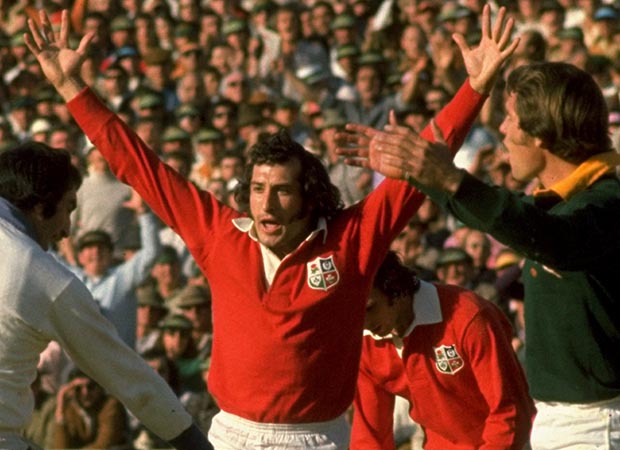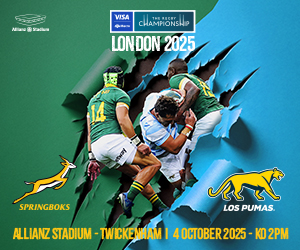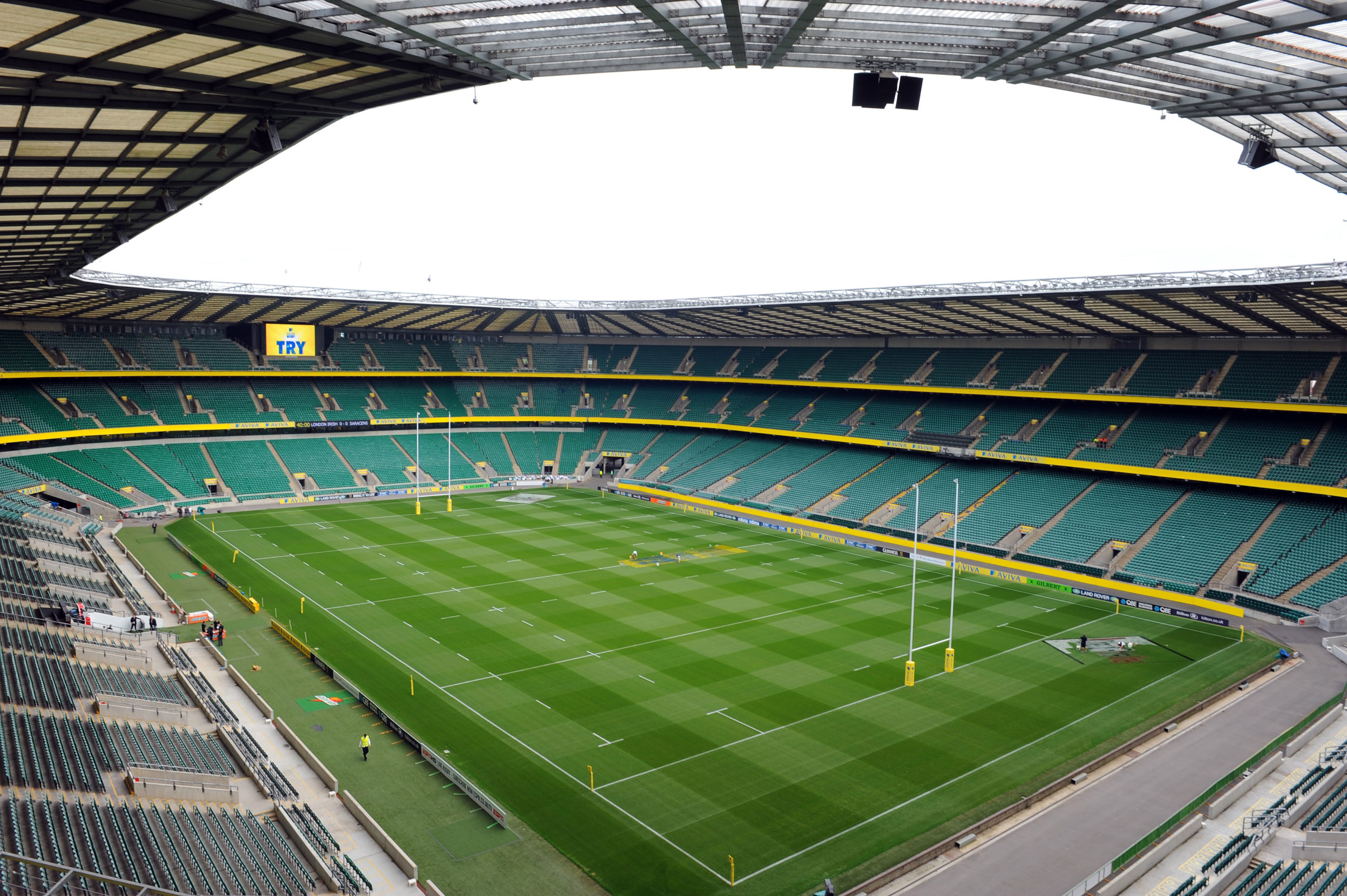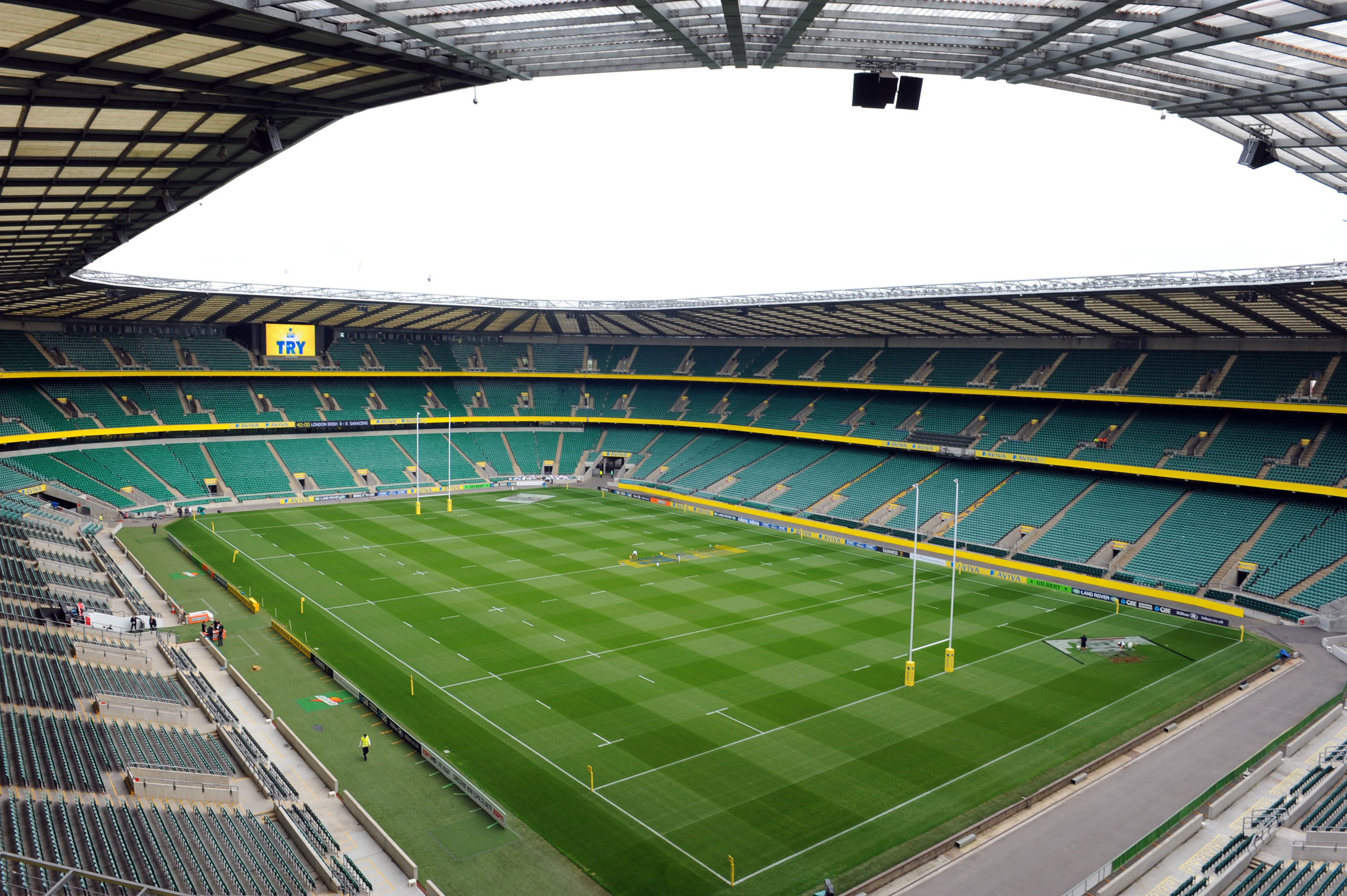
Throughout rugby history, few moments have achieved the legendary status of Gareth Edwards’ try for the Barbarians against New Zealand in 1973.
Often hailed as “the best Try ever,” this spectacular feat transcends the boundaries of mere sportsmanship, becoming a symbol of rugby’s beauty and excitement. But where does this iconic try rank among rugby’s greatest moments?
Below, with the help of the online sports betting site Bet442, we have delved into the context, significance, and enduring legacy of Edwards’ try, comparing it to other monumental moments in the sport.
Gareth Edwards’ Barbarians Try
The try was scored during a match between the Barbarians and the All Blacks on January 27, 1973, at Cardiff Arms Park. The Barbarians, a prestigious invitational team, featured a lineup of some of the finest players from Britain and Ireland. The All Blacks, renowned for their formidable prowess, were on the final leg of their 1972-73 tour.
The match itself was a showcase of attacking rugby, a contrast to the often conservative styles of the time. Early in the game, the Barbarians launched a counter-attack from deep within their half.
The move involved almost the entire backline, with seven players handling the ball before Gareth Edwards finished it off with a diving try in the corner. The fluidity, skill, and sheer audacity of the play left an indelible mark on the spectators and the sport itself.
Significance of Gareth Edwards’ Try
Edwards’ try is not just celebrated for its aesthetic beauty but also for what it represented: the spirit of rugby. The try encapsulated the values of creativity, teamwork, and flair, hallmarks of the Barbarian ethos. It was a moment where individual brilliance was harmoniously blended with collective effort, showcasing rugby at its finest.
The try also carried immense emotional weight. At a time when rugby was becoming increasingly professional and structured, this moment reminded fans and players alike of the joy and spontaneity that made the sport special. It was a tribute to the essence of rugby – playing for the love of the game.
Comparisons with Other Great Moments
To assess where Gareth Edwards’ try stands among rugby’s greatest moments, we must consider other landmark events in the sport’s history:
Jonny Wilkinson’s Drop Goal (2003 World Cup Final)
Jonny Wilkinson’s last-minute drop goal in extra time during the 2003 Rugby World Cup final against Australia secured England’s first-ever World Cup victory. This moment is etched in rugby folklore for its dramatic impact and the sheer pressure under which it was executed. Wilkinson’s composure and skill under immense pressure make this one of the greatest moments in rugby.
Nelson Mandela Presents the 1995 World Cup Trophy
The image of Nelson Mandela, wearing a Springbok jersey, presenting the 1995 Rugby World Cup trophy to South Africa’s captain, Francois Pienaar, is iconic. This moment transcended sport, symbolising unity and reconciliation in post-apartheid South Africa. The political and social significance of this event places it among the most powerful moments in rugby history.
Japan’s Victory Over South Africa (2015 World Cup)
Japan’s stunning 34-32 victory over South Africa in the 2015 Rugby World Cup is often described as the biggest upset in rugby history. This match showcased the unpredictability and global reach of rugby, as a traditionally lower-ranked team defeated one of the sport’s giants. The victory was a testament to determination, strategy, and the evolving landscape of international rugby.
Brian O’Driscoll’s Hat-Trick Against France (2000 Six Nations)
Brian O’Driscoll’s hat-trick in Paris during the 2000 Six Nations Championship announced his arrival on the world stage and revitalised Irish rugby. His performance not only led Ireland to a rare victory in France but also inspired a generation of Irish players and fans. O’Driscoll’s brilliance in this match is a standout moment in Six Nations history.
Enduring Legacy of Edwards’ Try
While each of these moments holds a significant place in rugby history, Gareth Edwards’ try remains unique in its blend of artistry and emotional resonance. The try is often used as a benchmark for evaluating spectacular tries, embodying the ideal of rugby’s exhilarating potential.
The try has also been immortalised through countless replays and tributes, keeping its memory alive for new generations of rugby fans. It serves as a reminder of what makes rugby special – the ability to produce moments of magic that can inspire and captivate

























You must be logged in to post a comment Login